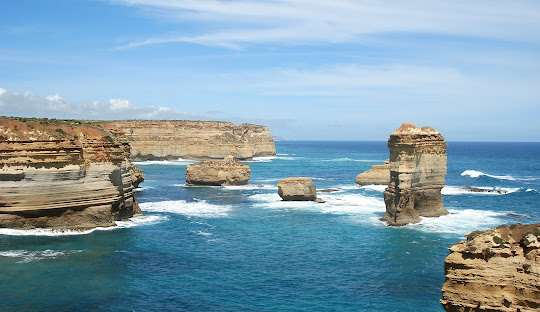
Australia's Geology: A Land Shaped by Ancient Forces and Ongoing Tectonic Movements
Posted by on
Australia’s geology tells the story of a land that has been shaped by ancient forces over billions of years. Once part of the supercontinents Rodinia and Gondwana, Australia separated from Antarctica about 35 million years ago and drifted northwards. In more recent history, the rising sea levels that marked the end of the last glacial period isolated the Australian mainland from New Guinea around 8,000 years ago, and Tasmania about 6,000 years ago.
Geologically, Australia lies entirely within the Australian tectonic plate, which provides relative stability. The mainland is not subject to major mountain building or active volcanoes, and it has no significant tectonic faults. Despite this stability, the Australian plate is moving north-northeast at a rate of about 6 to 7 cm per year. This slow movement brings the plate into collision with the Eurasian and Pacific plates, creating intratectonic stresses that result in moderate seismic activity. Between 1901 and 2017, Australia experienced 18 earthquakes with a magnitude greater than 6. The most devastating of these was the 1989 Newcastle earthquake, which claimed 13 lives. While volcanic activity ceased on the mainland around 4,600 years ago, remnants of this past can still be found in Aboriginal place names and creation stories. Today, volcanism is still present on the remote Heard Island and McDonald Islands.
Australia’s continental crust was formed over three geological cycles, ranging from the ancient Archaean cratons in the west to the younger orogenic formations in the east. The oldest rocks in Australia date back to the Archaean period, with some in Western Australia older than 3.7 billion years and others in South Australia over 3.1 billion years old. The oldest zircon crystals ever found on Earth, dating back 4.4 billion years, were discovered in Western Australia. However, around 80% of the continent is covered by sedimentary rocks and regolith that are less than 250 million years old, indicating the continual evolution of the landscape.
While Australia is currently geologically stable, its unique history and ongoing tectonic activity continue to influence the land, from its oldest rocks to the occasional earthquake, making the study of its geology a vital part of understanding the country’s natural history.